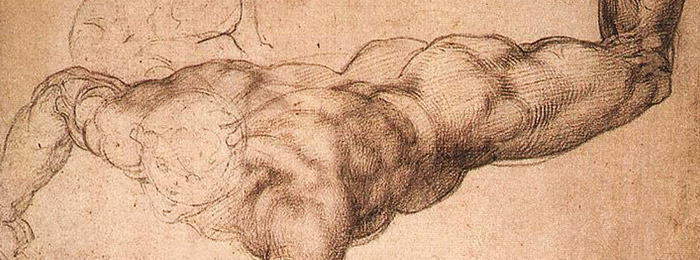Questions from David P.
I’ve been enrolled in the Drawing Academy for a month now and I’ve learned so much. Your first month’s lessons alone have helped me tremendously with my concept art.
I’m going to an art college right now; it’s okay, but I hate the 5 pencil method. It’s too sophisticated and confusing. I mean, I don’t know anyone who uses it, and I know it’s just not for me.
I use a 0.7 or 0.3 mm mechanical pencil and that gets the job done. I used to draw from life a little bit, but I have begun to do it more often now. Sometimes when we have to sketch an animal or something fantastic, like a dragon or comic character (I also take animation classes as well) from imagination, I get stuck because I don’t know where to start the drawing.
My goal is to be truly artistically creative. I like to do both realism and fantasy drawings.
My teacher said copying is how to learn, but I don’t like copying styles or pictures; I like to be creative in my own way. Is there an exercise to help me draw from memory? If you have trouble drawing hands or bodily proportions, will it help to just practice your weak points for hours to get better? Is it okay to draw from a reference or from someone else’s drawing, but in your own way? My teacher answered my questions with an “I don’t know”.
In any case, thanks for doing these lessons. They’re really helpful!
Dear David,
Thank you for your questions. I’m glad that you have found the Drawing Academy course informative and helpful!
That said, it is sad that you are not getting proper tutoring and instruction from your local art college. It shows once again the weakness of art education in some contemporary institutions.
As for other online art courses, I’ve looked into them, and in my opinion, their instruction is not ‘sophisticated’ but confusing. There is a misplacement of meanings and values there. Some courses teach how to copy, not how to draw; their tutors show how to draw from photos, turning you into no more than a human photocopier. It might be fine if your aim is to be a reproducer or restorer; however, if you want to become a creative fine artist and want to learn how to draw from life, memory, and imagination, copying will do more harm than good.
I explain why copying from photos is detrimental to proper drawing skills in this video: Why Drawing from Photos is Treacherous »
That is why in the Drawing Academy we encourage students not to copy from photographs but to learn the rules and techniques of drawing and to apply that knowledge to drawing, both from life and your imagination.
These courses also advocate certain pencil grades and brands, specific measuring tools, gray-scale values, and other particular aids. That is also misleading. If you become reliant on such tools and they are taken away, could you draw as proficiently? Drawing skills come from within, with education and practice, not external drawing tools and aids. Good drawing skills cannot be taken away.
In response to your teacher who says that “copying is how to learn,” I would have to amend this sentence to “copying from great artists is how to learn good style and taste.” Learning from the Old Masters is an indispensable part of art education; however, it is just a small part of the process, not the entirety.
You have the right attitude. Deep inside, you know that copying other people’s works of art will not make your art original and will not help you become a creative artist.
Your challenges in character drawing come from a lack of knowledge and practice in certain drawing principles. For example, you need to know how to draw constructively. Any character is just an object. As such, it has its volumes, shapes, contours, masses, textures, etc. These elements can be simplified into basic shapes, which can then be used to construct the figure on the flat paper. These are not the only principles you need; you must know many different drawing techniques, including how to draw in perspective, how to depict foreshortening, and how to render tonal values. These principles are universal and can be used for anything want to draw. The rules of perspective and golden proportions, for example, can be applied to human figures, imaginary characters, architecture, landscapes… literally anything under the sun!
Check out this video to learn the most essential skills every fine artist must have »
When it comes to drawing human figures and portraits, you also must know human anatomy. There’s no other way to realistically depict a human body from life or imagination except to know and use its proportions and anatomy. At the Drawing Academy, we dedicate a great deal of attention to the proportions of the human face and body, as well as explaining human anatomy for artists in many videos.
You are right that practicing drawing for hours will help. Working on your weak points is also a good tactic.
Creativity is important; however, it can be expressed fully and freely only with a deep knowledge of the techniques and principles of drawing, supported by extensive practice.
I wish you all creative success you deserve.
Kind regards,
Vladimir London
Drawing Academy tutor
Enroll in the Drawing Academy Course
Pay once - Enjoy forever!
Only $297






Thanks, Vladimir.